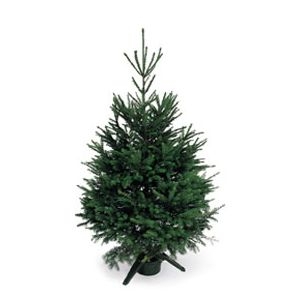About irrigation wells
Irrigation wells are water sources used to irrigate gardens, lawns and to assure a supply of potable water. These wells reduce the costs related to water supply. Find out if there are any building permits in your area.
Start off by attaching a hand auger bucket to a pole. Use bolts and pins. Also, attach a handle to the pole. Usually the pole will bind with the other pieces through secured fittings.
Put the hand auger bucket on the irrigation well, twisting the handle to lower it into the ground. Empty the bucket of soil onto a plastic sheet to ease the process.
Dig and add poles as you go until you complete the whole depth of the well. The proper depth of the well is usually marked on the well pump manufacturer’s guide.
Attach the components of the well together screwing the well point into the bottom of the screen and the casing into the top of the screen. Install a well cap on top to finish the design. Place the well materials into the borehole in such a way so that the well point rests on the bottom of the hole.
Put sand into the space between the screen and the borehole. It should reach 2 feet higher than the screen. Use a weighted measuring tape to measure the proper height. Don’t bury the measuring tape in the process.
Place bentonite chips or pellets on top of the sand. About 2 feet is required. Also, pour a bucket of water about one hour after the bentonite has been poured in order to seal the sand and screen.
Fill the remaining space with grout. It must be mixed in a bucket with water and poured down a PVC pipe. This method prevents air bubbles in the grout.
To protect the casing and the well pump, finish the well cover.

 If you wish to maintain your garden lush and healthy without having to constantly water it, the ...
If you wish to maintain your garden lush and healthy without having to constantly water it, the ... An automatic watering system is used for gardens when you leave town for a while or just don't w...
An automatic watering system is used for gardens when you leave town for a while or just don't w... Automated irrigation systems are great for watering your lawn or garden. The system uses a contr...
Automated irrigation systems are great for watering your lawn or garden. The system uses a contr... First of all, to ease the watering process of a Christmas tree, you need to pay attention to the...
First of all, to ease the watering process of a Christmas tree, you need to pay attention to the... Irrigation systems have gone a long way since the former nomadic tribes and until today. They ha...
Irrigation systems have gone a long way since the former nomadic tribes and until today. They ha... Every homeowner wants to have his yard, plants and lawn looking beautiful and healthy. For this,...
Every homeowner wants to have his yard, plants and lawn looking beautiful and healthy. For this,... Outdoor irrigation is a healthy way of taking care of your garden. An irrigation system can also...
Outdoor irrigation is a healthy way of taking care of your garden. An irrigation system can also... An automatic irrigation system is a very handy device to have especially if you plan on leaving ...
An automatic irrigation system is a very handy device to have especially if you plan on leaving ...














